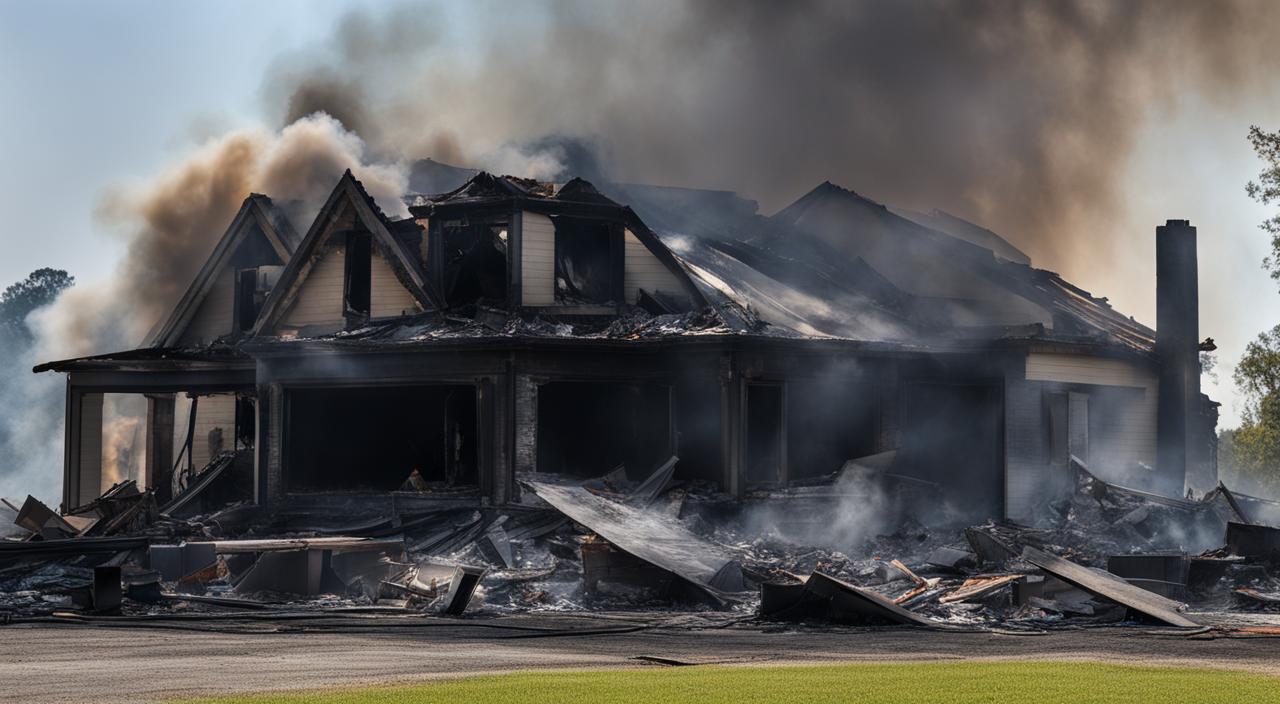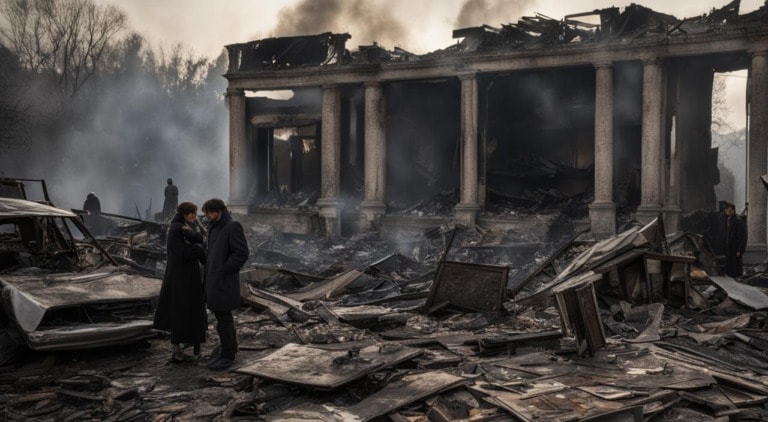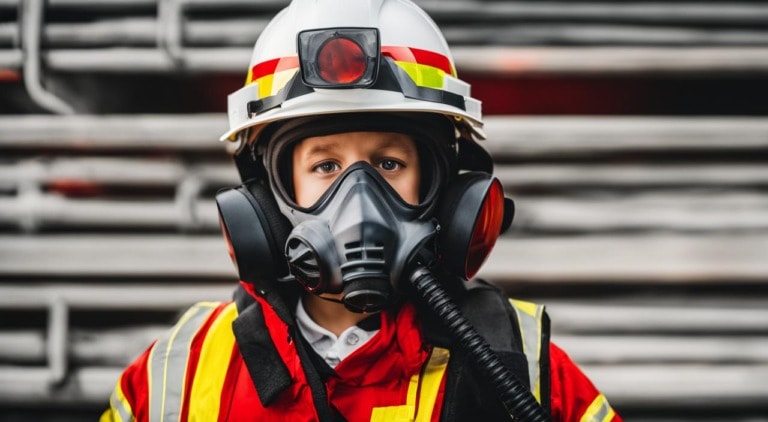
When a house fire occurs, it can cause devastating damage, destroying both the property and the possessions inside. However, there are certain items that can be salvaged after a fire. These items fall into different categories based on their ability to withstand the heat and impact of the fire.
Fire-resistant materials play a crucial role in determining what can survive a house fire. These materials are designed to resist flames and high temperatures, increasing the chances of salvaging belongings. Hard materials such as glass, metal, and hardwood floors have a higher likelihood of surviving a fire compared to other items.
Washable fabric materials can also withstand fire to some extent and can be salvaged with proper cleaning and restoration. Electrical appliances, although damaged by fire, can often be restored by professionals specializing in fire damage restoration.
On the other hand, there are certain items that cannot be salvaged due to the effects of fire. Stained or melted plastic items usually cannot be restored. Canned or boxed foods, as well as perishable food items, are also unsalvageable after a fire and should be discarded.
Additionally, cosmetics and medicine exposed to fire should not be used or consumed as they can be compromised. It is essential to seek expert help from a professional fire damage restoration company to assess the damage accurately and determine what can be salvaged and restored.
Fire-Resistant Materials That Survive House Fires
In the unfortunate event of a house fire, certain materials and items have a higher chance of withstanding the heat and emerging intact. These fire-resistant materials offer a glimmer of hope amidst the devastation, providing homeowners with some salvageable items even after the flames have been extinguished.
One category of fire-resistant materials includes cookware and silverware. Items made of materials such as stainless steel and cast iron have a higher resistance to heat and are more likely to survive a house fire. Tools and appliances made of metal also have a better chance of withstanding the flames and remaining functional.
Filing cabinets, often made of metal, can serve as a protective barrier for important documents, making them more likely to endure a fire. Additionally, jewelry made of precious metals like gold and silver has a higher likelihood of surviving a house fire relatively unscathed.

Summary:
- Cookware and silverware made of materials like stainless steel and cast iron
- Tools and appliances made of metal
- Filing cabinets, particularly those made of metal
- Jewelry made of precious metals like gold and silver
These fire-resistant materials can offer some solace to homeowners who have experienced a house fire, as they may still find some of their belongings intact amidst the wreckage. It’s important to note that while these items have a higher chance of survival, there is no guarantee, and professional fire damage restoration assistance should still be sought to assess the extent of the damage and salvageability of items.
Types of Damage and Salvageable Items After a House Fire
When a house fire occurs, it can result in different types of damage, each affecting various items in unique ways. Understanding these types of damage is crucial in assessing what can be salvaged and restored after the fire.
The first type of damage is fire damage, which is caused by direct contact with flames. Items that have been directly exposed to fire may experience charring, melting, or complete destruction. However, certain fire-resistant materials, like fire-safe cookware, silverware, tools, appliances, filing cabinets, and jewelry, have a higher chance of surviving this type of damage.
Heat damage is another form of damage that occurs when items are subjected to high temperatures without direct contact with flames. This can cause warping, discoloration, or structural changes. Heat damage can impact a wide range of items, including furniture, electronics, and household appliances.
Smoke damage is another significant consequence of a house fire. Smoke can permeate porous materials, leaving behind a strong odor and staining surfaces. Items such as textiles, upholstery, and curtains are particularly susceptible to smoke damage. However, with proper cleaning and restoration techniques, some of these items can be salvaged.
The final type of damage to consider is water damage. This is often a result of efforts to extinguish the fire. Water can seep into walls, floors, and furniture, causing structural damage and promoting the growth of mold. Salvageable items may require thorough drying and restoration to prevent further deterioration.
It is important to note that the extent of damage and salvageability of items after a house fire can vary greatly. Seeking expert help from a professional fire damage restoration company is highly recommended to properly assess the damage, implement appropriate restoration techniques, and salvage belongings whenever possible.






